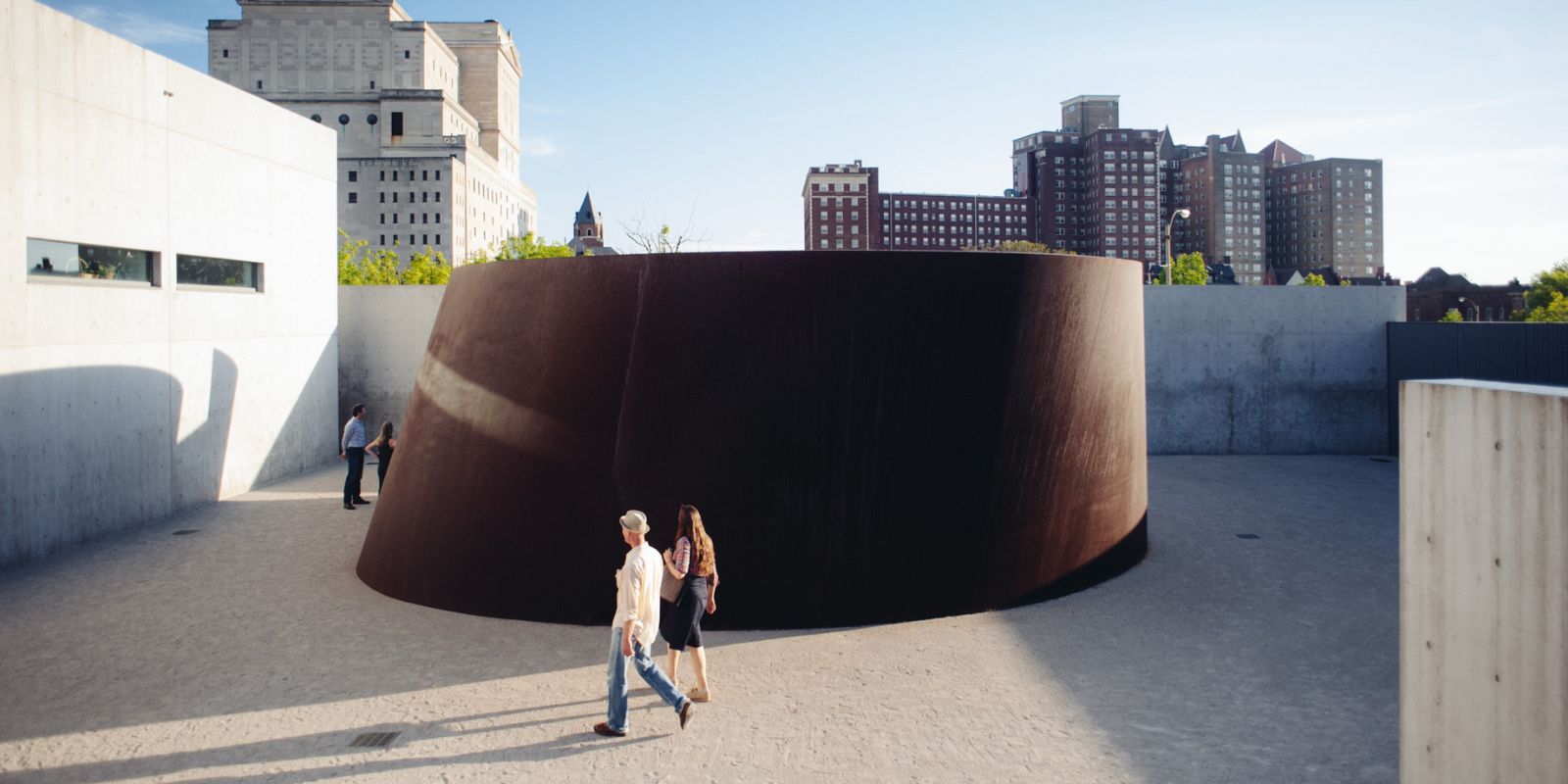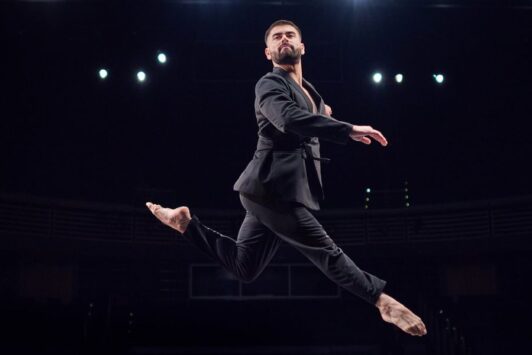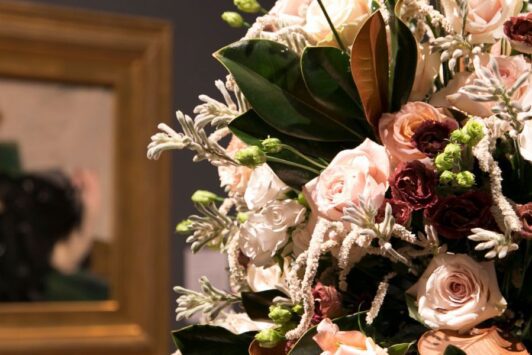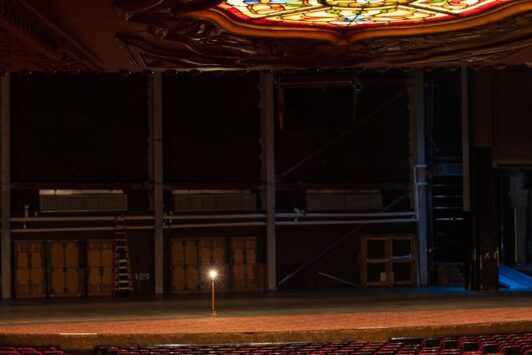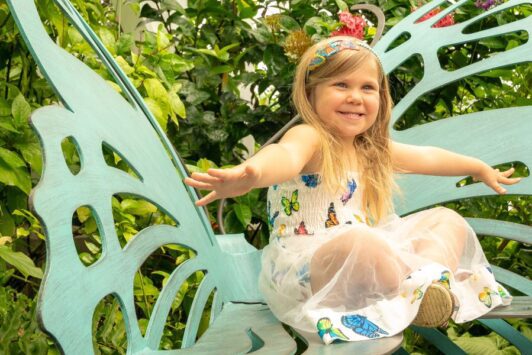The Pulitzer Arts Foundation provides dynamic experiences with art in a unique environment. “We’re charged by the connection between art, architecture and people in our community,” curator Tamara Schenkenberg says. “Those relationships are really important to us.”
Schenkenberg emigrated from Bosnia to St. Louis with her parents. After training as an art historian, she worked at the Saint Louis Art Museum before she became curator of the Pulitzer Arts Foundation. “I’m so grateful to be working here,” she says. “The Pulitzer is an interesting complement to other art museums in town such as the Contemporary Art Museum St. Louis, the Saint Louis Art Museum and the Mildred Lane Kemper Art Museum, and I enjoy sharing unique artists and artworks with my community.
“I love learning from them,” she continues. “Artists have a unique ability to engage with the world, and they make me think more broadly. As a curator, I encounter artwork that invites me to enter and experience worlds that are different from my own.”
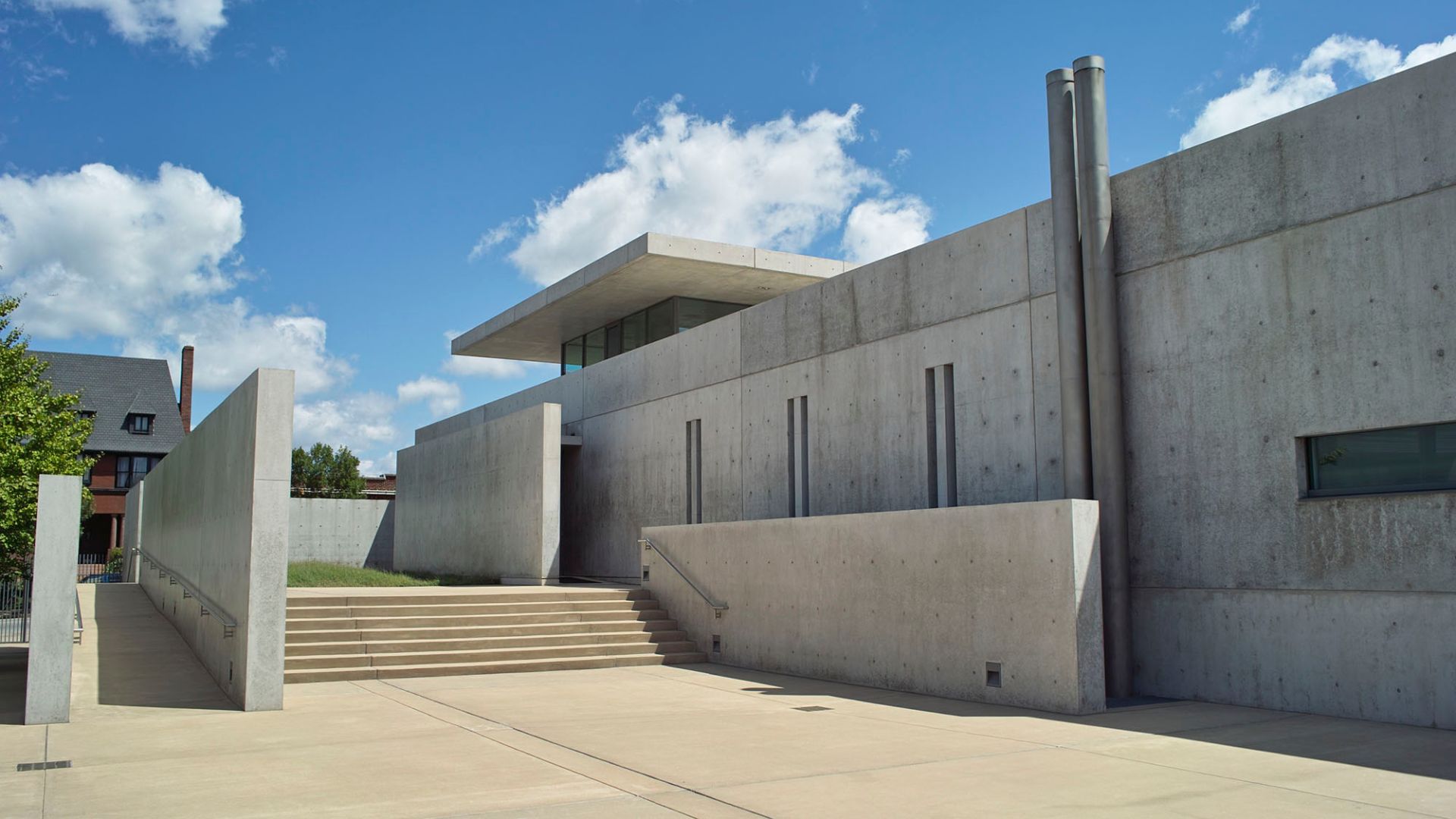
Among The Metropolitan Museum of Art in New York City and The Getty in Los Angeles, the Pulitzer Arts Foundation in St. Louis ranks as one of the 27 best museums in the U.S. according to Travel + Leisure. The museum houses intriguing art in a modern concrete structure that was designed by acclaimed architect Tadao Ando as a way to create a dialogue with the works inside. Meant to encourage contemplation, the building is as much a part of the experience of visiting the Pulitzer as the art it houses.
“We aim to introduce St. Louis audiences to artists who haven’t been showcased in the region,” Schenkenberg says. “We also strive to create diverse exhibitions in terms of the types of artworks, from paintings to sculptures, as well as the artists’ backgrounds.
“We seek out pieces that will have an interesting dialogue with our building, as well,” she continues. “The architecture of the Pulitzer can enrich your experience of the art, and the art can enhance your enjoyment of the architecture.”
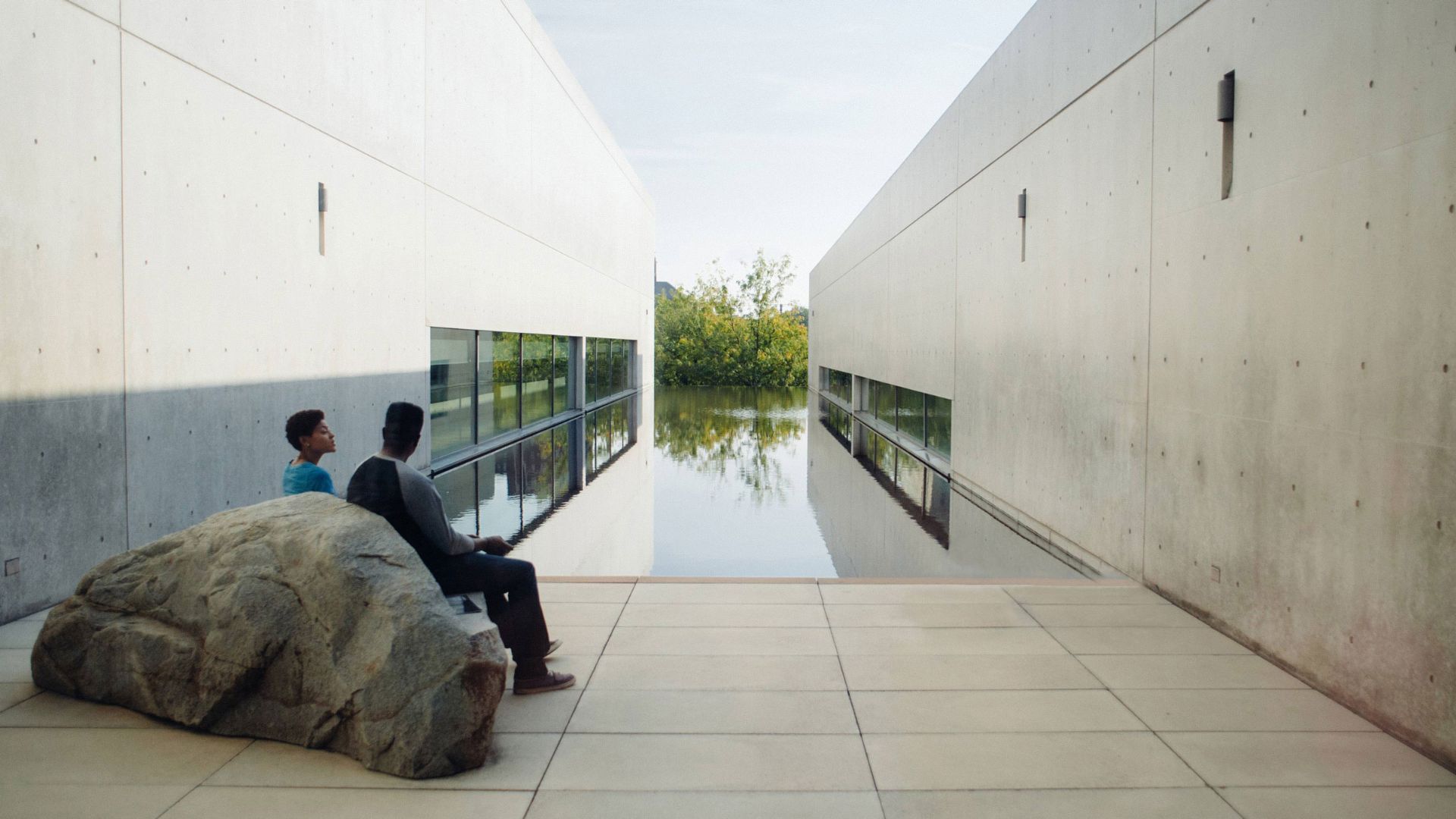
The Pulitzer Arts Foundation presents contemporary and historical art in thought-provoking temporary exhibitions, as the museum only has three pieces in its permanent collection. In the reflective pool area, you’ll find Scott Burton’s Rock Settee, a 5-ton granite sculpture that looks like a boulder from the back, but as you move around it, you can see a wide seat cut into the solid stone. “It invites visitors to linger, to sit down and enjoy the setting,” Schenkenberg explains. “It’s one of my favorite pieces because it’s so unexpected.”
Also outside, Richard Serra’s Joe is a monumental work made of weathering steel set into a torqued spiral. “The piece is a meditation on material, mass and gravity,” Schenkenberg says. “You enter it, walking a spiral path into the sculpture’s center, and the experience becomes about you. It’s simple yet profound because you go on a journey of discovery from beginning to end.”
The third permanent piece, Blue Black by Ellsworth Kelly, is a 28-foot-tall wall sculpture created for the Pulitzer’s main gallery. The artist carefully selected the two colors, dimensions and location to achieve a balance with the architecture. Seemingly straightforward, the piece encompasses abstract yet human notions of equilibrium and pleasure.
“Not having a permanent collection allows us to be very ambitious and expansive,” Schenkenberg says. “The opportunities at the Pulitzer are so vast, and it’s exciting to be able to work across space and time.”
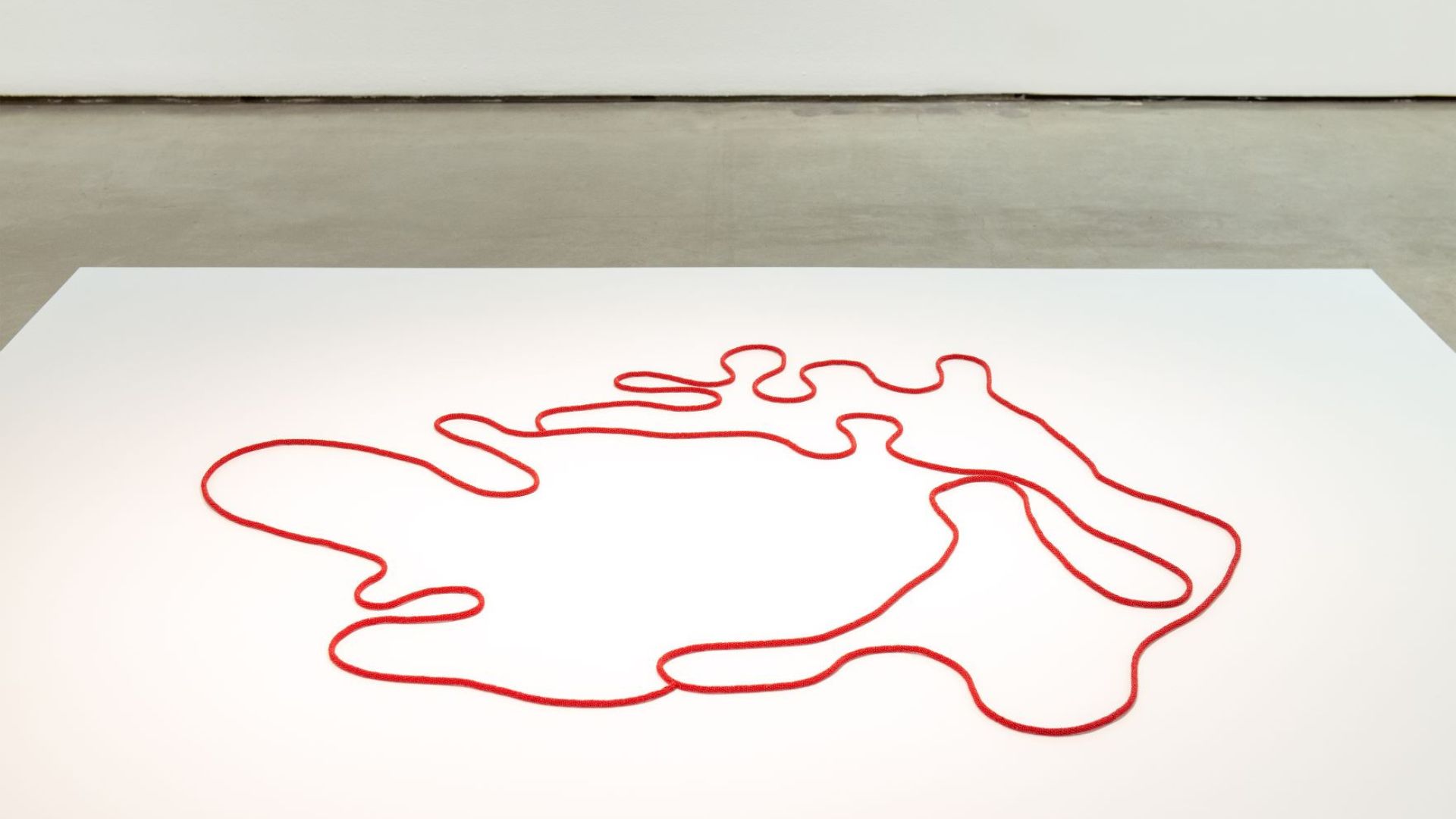
When it comes to contemporary art, the museum focuses on mid- to late-career artists whose work is overlooked or underappreciated by the art world. “With our exhibitions, programs and publications, we uplift contemporary artists and shed light on their important contributions,” Schenkenberg says. “I spend a lot of time looking at pieces – and then trying to do them justice.”
The next contemporary art exhibition, Faye HeavyShield: Confluences, opens on March 10 and runs through Aug. 6. The multidisciplinary artist, whose career has spanned almost 40 years thus far, creates drawings and sculptures, a selection of which will be on view at the Pulitzer Arts Foundation. A member of the Kainai Nation, part of the Blackfoot Confederacy, HeavyShield was raised on the Blood Reserve in the foothills of southern Alberta, Canada, and her work is rooted in her personal history as well as her connection to the land and her community.
Known for her repetitive use of objects and writing to create large-scale – often minimalistic – site-specific installations, HeavyShield will also show two new commissions that respond to landscapes and histories of the greater St. Louis area in the exhibition.
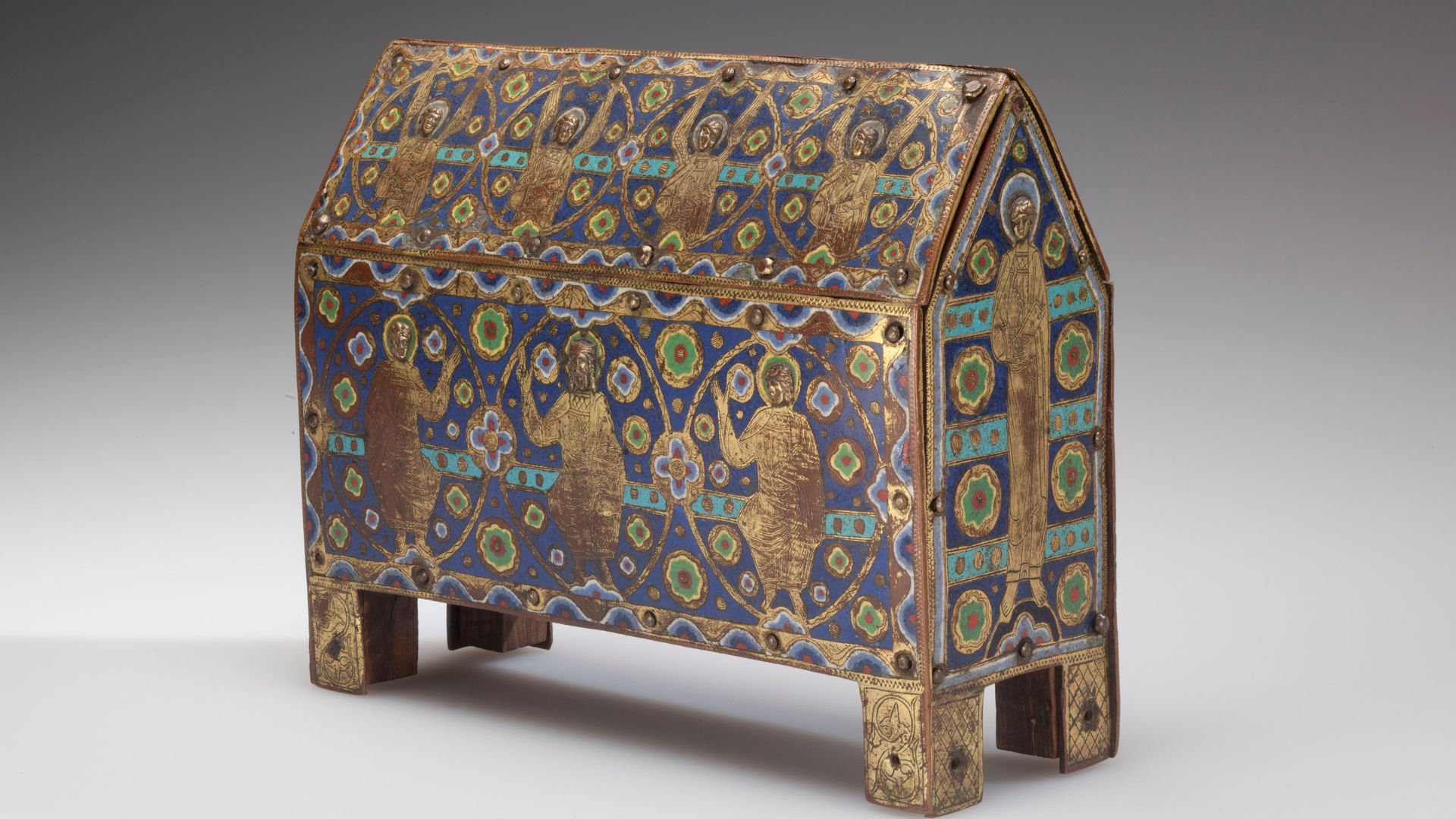
With historical art, the Pulitzer Arts Foundation focuses on well-known periods but brings attention to untold stories that transcend time.
The Nature of Things: Medieval Art and Ecology, 1100-1550, which runs from March 10 to Aug. 6, examines the production of art and its effects on the environment. “This is an example of how we look at historical art through a modern lens, in a way that resonates with present-day concerns,” Schenkenberg explains. “The Nature of Things asks two questions: How does the art-making process affect the environment, and how does the environment affect the art-making process? My colleague Heather Smith has curated the exhibition, and she’s answering these questions by examining art production in the late Middle Ages.”
The Nature of Things will feature almost 50 sculptures, textiles and books made between 1100 and 1550 AD.
Admission to the Pulitzer Arts Foundation is free, and visitors can park in the lot adjacent to the museum for free, as well. Once the new exhibitions open on March 10, we encourage you to visit.
“If you love art and you want to see art in a unique setting, the Pulitzer Arts Foundation is the place for you,” Schenkenberg says. “If you like the outdoors, we also have Park-Like, a garden across from the museum, which boasts hundreds of varieties of plants, walking paths and seating areas. It’s a beautiful place to spend a quiet moment.”



